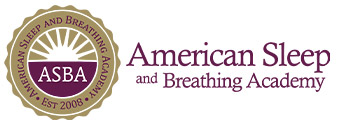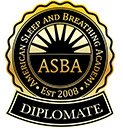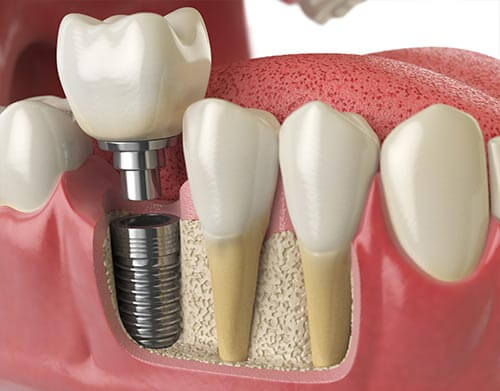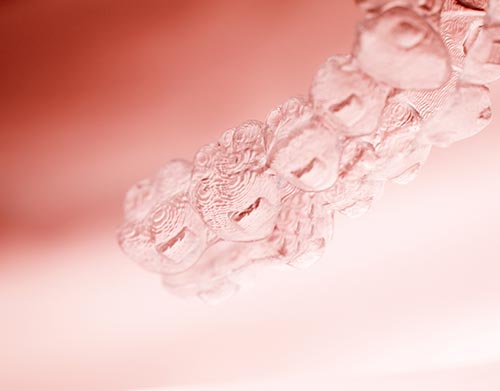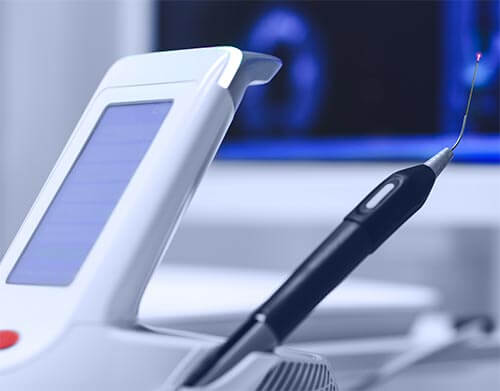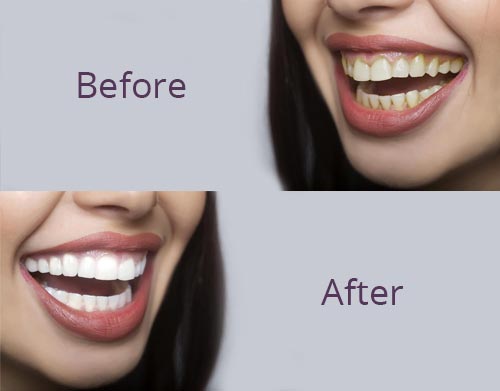Dental Library
Welcome to our health education library. The information shared below is provided to you as an educational and informational source only and is not intended to replace a medical examination or consultation, or medical advice given to you by a physician or medical professional.
Pain Relief Methods for Temporomandibular Disorders (TMD)
You have been diagnosed with temporomandibular disorder (TMD). This term describes a group of problems related to the temporomandibular joint (TMJ) and nearby muscles. The TMJ is located where the upper and lower jaws meet. TMD can cause painful and frustrating symptoms. But your doctor can recommend various pain relief methods as part of your treatment. These may include medications and certain types of therapy such as massage or gentle exercise.
Using Medications
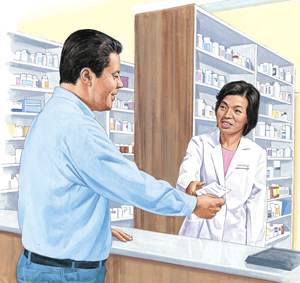
-
Anti-inflammatories and analgesics, which treat pain, inflammation, osteoarthritis, and rheumatoid arthritis. Anti-inflammatories reduce swelling, heat, redness, and pain. They also help restore function. Analgesics reduce pain. Nonsteroidal anti-inflammatories (NSAIDs) relieve inflammation as well as pain.
-
Muscle relaxants, which treat myofascial pain. This is pain that occurs in the soft tissues or muscles around the TMJ. Muscle relaxants help ease muscle tension. This reduces pressure on the TMJ from tight jaw muscles.
-
Antidepressants,�which can be used to reduce pain or bruxism (teeth grinding). At higher dosages, these medications are used to treat depression. Given at low dosages, antidepressants help relieve TMD symptoms. They can reduce muscle pain. They also raise the level of serotonin, a body chemical that improves sleep. This in turn can decrease bruxism during the night.
Treating Painful Muscles
A trigger point is a painful spot in a tight muscle. It is often painful to the touch and may refer pain to other places. Your healthcare provider can focus on trigger points using:
-
Massage,�both inside and outside the mouth. This relaxes muscles and improves circulation.
-
Palpation,�which is applying pressure to points of the jaw and face with the fingers.
-
Cold spray�and stretching of the muscles to relax them.
-
An anesthetic�for pain relief. This may be given as an injection by your dentist.
Treating the Joint
Therapy may focus directly on the TMJ. There are different ways to treat the joint:
-
A self-care program�helps you treat and manage symptoms on your own. Your program may include exercises. It may also include using ice and heat to relieve pain.
-
Gentle manipulation�reduces pain and restores range of motion. The healthcare provider uses his or her hands to relax muscles and ligaments around the joint.
-
Exercises�strengthen muscles in the jaw and face.
-
Ultrasound�uses sound waves to reduce pain and swelling. It also improves pain and swelling.
Treating Inflammation
When the joint is inflamed, movement becomes difficult-even impossible at times. Your healthcare provider can help. Treatment may include:
-
Rest and gentle exercise�to increase range of motion. One common exercise is to apply pressure to the jaw and resist the movement.
-
A gel pack or ice wrapped in a towel�applied for�10-20 minutes. This eases swelling and reduces pain.
-
Massage and gentle manipulation�as described above.
Date Last Reviewed:
Date Last Modified:
When you need exceptional and comprehensive smile care, trust Lebowitz Dental Associates. Learn more about our money-saving deals. Call us today at 602.264.2905 or fill out our online Request an Appointment form to schedule your consultation with us.
Our Services
Fangs for Friends
The purpose of Fangs for Friends is to instill confidence in the community through oral health. We believe that by aiding people to develop confidence in their smile, we can help individuals make their own impact in the community.
Click Here to learn about Fangs for Friends.






